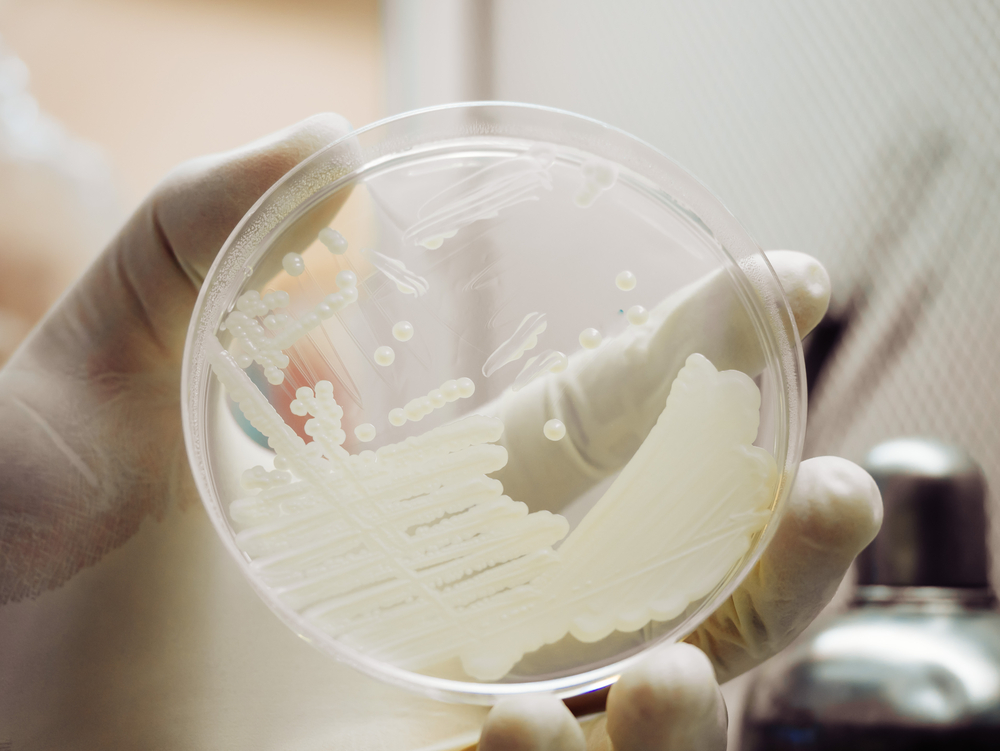Yeast Models of Batten Disease May Speed Up Treatment Discovery, Researchers Argue
Written by |

Yeast models of Batten disease and other lysosomal storage disorders could speed up the discovery of treatments by overcoming the restraints of animal models of the disease, a group of researchers argues in the journal Microbial Cell.
Their article describes how a research approach that starts in yeast and ends in humans could provide insight into the mechanisms of the disease and allow scientists to screen more compounds that could counter the disease. Their research was titled “Exacerbating and reversing lysosomal storage diseases: from yeast to humans,”
Most studies of Batten and other lysosomal storage diseases use mice and other small animals as disease models. But animals are not the optimal way for scientists to screen for a large number of compounds in their search for new treatments, the researchers said.
While yeast is very different from humans, its genes and molecular pathways are similar to their human counterparts.
Underpinning the yeast research was scientists’ knowledge that a disease such as Batten, caused by mutations in known genes, can be more or less severe depending on the actions of other — often unknown — genes.
The team from Victoria University of Wellington in New Zealand and Columbia University Medical Center in New York argued that finding these modifier genes could allow scientists to identify targets for treating the disease.
Batten disease, a form of neuronal ceroid lipofuscinosis (NCL) disorder, can be caused by mutations in 14 known genes, of which CLN3 is the most common. CLN3, along with four other genes, is similar in yeast and humans.
Experiments with a yeast model of CLN3 mutations suggested that certain molecular events — including a flawed distribution of phospholipid molecules — are abnormal in Batten. The team now hopes to find ways to reverse these molecular abnormalities in yeast.
Once they have identified treatment targets and potential therapy candidates, they will go back to mice, and then humans, to test their discoveries.
Using yeast instead of mice or other small animals saves both time and money, they added.
To exemplify the feasibility of the approach, the team noted that the development of vorinostat, a treatment for the complex lysosomal storage disease Niemann-Pick type C, started with a discovery that the compound could reverse signs of disease in yeast.




